Meet GreenWave, a member of FOREO’s Board of Ocean Conservation charity partners
To call climate change a problem is an understatement. Stanford University historian Ian Morris explains that the concurrent forces of population growth, global epidemics and accelerated climate change are propelling us towards “the greatest discontinuity in history.”
Sounds a tad intimidating, doesn’t it? Yet Morris also explains that it’s not climate change, per se, that will topple human civilization, but instead the way we react to climate change that makes all the difference to civilization’s survival.
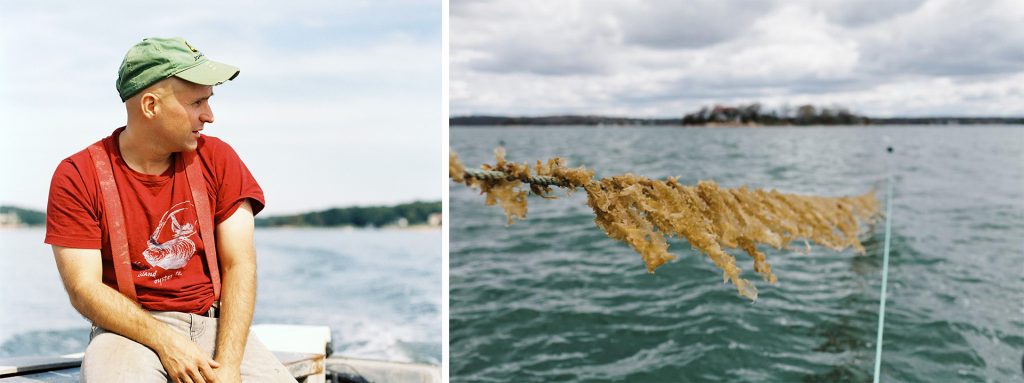
Bren Smith of GreenWave understands first-hand that climate change is all about the way we react. In fact, he sees the challenges we face as empowering. “In a way, [it’s] exciting, because our backs are against the wall. We have to innovate,” Smith explains in his TED Talk. “We have to figure out strategies for resiliency. We have to completely change our relationship to the planet and reformat our economy around principles of sustainability.
Smith’s optimism is a much-needed new perspective, as is his unique approach to meeting the challenges of climate change. Smith is a commercial fisherman who, after taking part in what he calls “”one of the most unhealthy, destructive forms of food production on the planet,” decided another solution was needed. Enter GreenWave, an organization dedicated to supporting innovative and restorative ways of battling climate change and the loss of ocean ecosystems.
Contents
- What is GreenWave?
- Why It’s Needed
- In one year, a one acre 3D farm can produce 500,000 shellfish and 20 tons of sea vegetables – an endeavor that requires absolutely zero inputs: no fresh water, fertilizer or pesticide.
- What 3D Farming Is Doing
- Besides food and fertilizer, kelp is also used in cosmetics, pharmaceuticals and even as a biofuel – an ocean farm half the size of the state of Maine could grow enough biofuel in one year to replace all of the oil used in the US.
- Learn More, Do More
- About the Partnership
What is GreenWave?
Although GreenWave is one of many organizations working to mitigate modern problems caused by climate change, GreenWave stands out in their scope. Smith jokingly refers to one of his solutions, aquaculture (or “3D farming”) as “the least deadliest catch.” Unlike some marine conservation efforts, 3D farming goes above and beyond by literally rebuilding ocean ecosystems from the ground up – or the top of the water down, as it were.
If you’re having trouble imagining what aquaculture means, here’s a handy visualization of what the process looks like:
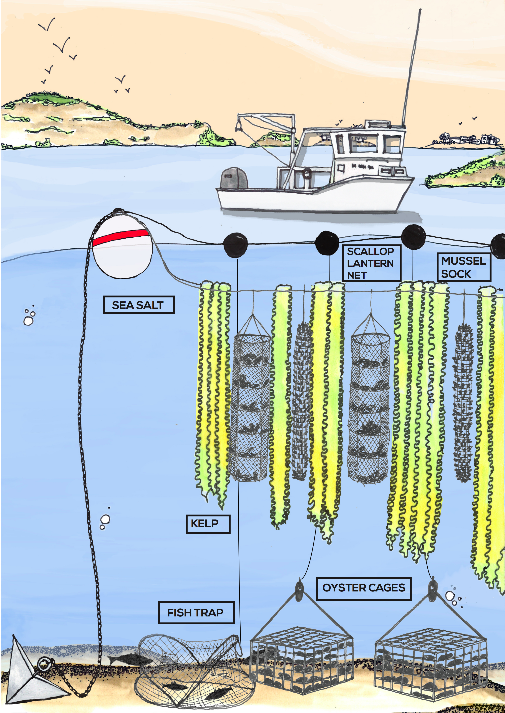
Not only do these 3D farms grow seaweed and shellfish for harvesting, but they also rebuild ecosystems previously destroyed by commercial fishing. Commercial fishing destroys as it harvests. Trawlers tear up everything on the ocean floor and throw away all the “bycatch” – whatever cannot be sold – an incredibly damaging and wasteful process. GreenWave is essentially doing the opposite. Imagine re-planting a forest: what you plant grows into a thriving environment, and then you can sustainably farm what you need (in GreenWave’s case, kelp and oysters) from this new ecosystem you’ve created. By creating a healthy marine environment and harvesting sustainably, 3D farmers can ensure a steady and reliable supply of kelp and oysters.
Why It’s Needed
The state of our oceans is grim, to put it lightly. While we’re constantly reminded that the Earth’s resources are finite, the extent to which we’ve exploited our oceans has taken us to the end of the line. As Pavan Sukhdev of the UN Environment Programme put it, “We are in the situation where 40 years down the line we, effectively, are out of fish.”
Smith has experienced the effects of overfishing, climate change and the rage of a ravaged ocean for himself. Within two years, super-storms hurricanes Irene and Sandy wiped out 80 percent of Smith’s oyster crop and destroyed over 50 percent of his gear.
As a commercial fisherman, he also witnessed the havoc wreaked by factory trawlers, a method of netting fish and other seafood that tears up entire ecosystems from the ocean floor, and then discards whatever is not needed for market. Every year, anywhere from 8 percent to 25 percent of the total global catch is simply thrown away – about 27 million tons of fish annually.
In one year, a one acre 3D farm can produce 500,000 shellfish and 20 tons of sea vegetables – an endeavor that requires absolutely zero inputs: no fresh water, fertilizer or pesticide.
What 3D Farming Is Doing
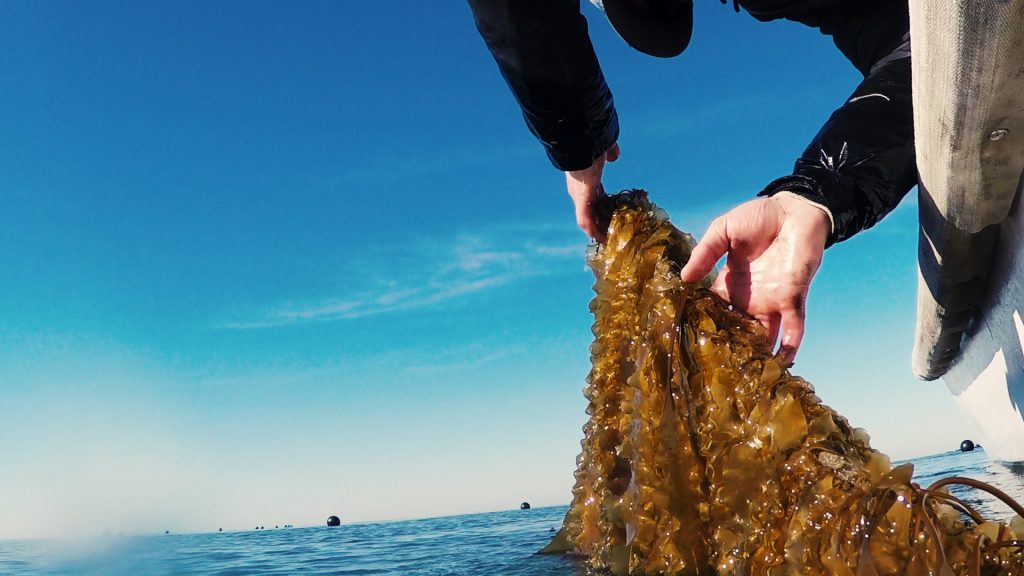
GreenWave’s 3D farming is an answer to both problems of maintaining a sustainable food supply and rebuilding destroyed ecosystems – and that’s only two of its accomplishments.
Meeting the Food Supply Demands of a Growing Population
In one year, a one acre 3D farm can produce 500,000 shellfish and 20 tons of sea vegetables – an endeavor that requires absolutely zero inputs: no fresh water, fertilizer or pesticide. (For comparison, the grains fed to livestock raised for slaughter in the US require an annual 167 million pounds of pesticides and 17 billion pounds of nitrogen fertilizer – not to mention all of the polluting, nitrogen-heavy wastes these livestock produce, some 20 percent of the total US methane emissions.)
And while Smith and GreenWave are finding new ways to incorporate seaweed into the American diet, kelp is more than a foodstuff – it’s also a completely organic fertilizer – one that the Yale Sustainable Food Project is currently using on its farms in an effort to address impending crisis as global populations grow to unprecedented levels.
Reducing Fossil Fuel Dependence
Besides food and fertilizer, kelp is also used in cosmetics, pharmaceuticals and even as a biofuel – an ocean farm half the size of the state of Maine could grow enough biofuel in one year to replace all of the oil used in the US.
Besides food and fertilizer, kelp is also used in cosmetics, pharmaceuticals and even as a biofuel – an ocean farm half the size of the state of Maine could grow enough biofuel in one year to replace all of the oil used in the US.
Creating Jobs
Seaweed’s relatively easy cultivation and its uses across so many industries also creates jobs. As Smith explains it, “I’m an environmentalist, but I’m not an environmentalist. I’m not gonna do all this remediation and create these farms unless fisherman are making a living.” The numbers don’t lie: While a one million dollar investment in offshore oil and gas development creates an average 8.9 jobs, the same investment in coastal restoration creates 17.1. A growing population needs more than food – climate change also demands that we create economic conditions that keep us employed, as well.
Learn More, Do More
The realities of climate change and its myriad implications have rendered the term “environmentalism” a misnomer. Individuals like Bren Smith and organizations like GreenWave are not moral crusaders pushing a progressive agenda – they’re recognizing incredibly clear, immediately urgent challenges to individuals, households, entire industries, the economy and the natural resources civilization depends upon not just to thrive, but to survive. These problems are not of “the environment” – they’re problems that need solving today to ensure the survival of ourselves and future generations.
About the Partnership
FOREO is committed to ocean conservation and will donate net proceeds from the sale of their Summer 2015 LUNA™ mini Save the Sea Special Edition to its Board of Ocean Conservation charity partners, including GreenWave. As explained by Justin Wang, FOREO’s VP of Corporate Strategy: “We selected GreenWave as one of our partners because of their innovative approach to not only preventing the destruction of our oceans, but also actively restoring our oceans, while creating jobs. This innovative solution is very in-line with FOREO’s outlook on solving problems.”
To learn more about 3D farming, GreenWave and their projects, visit their website or Facebook.


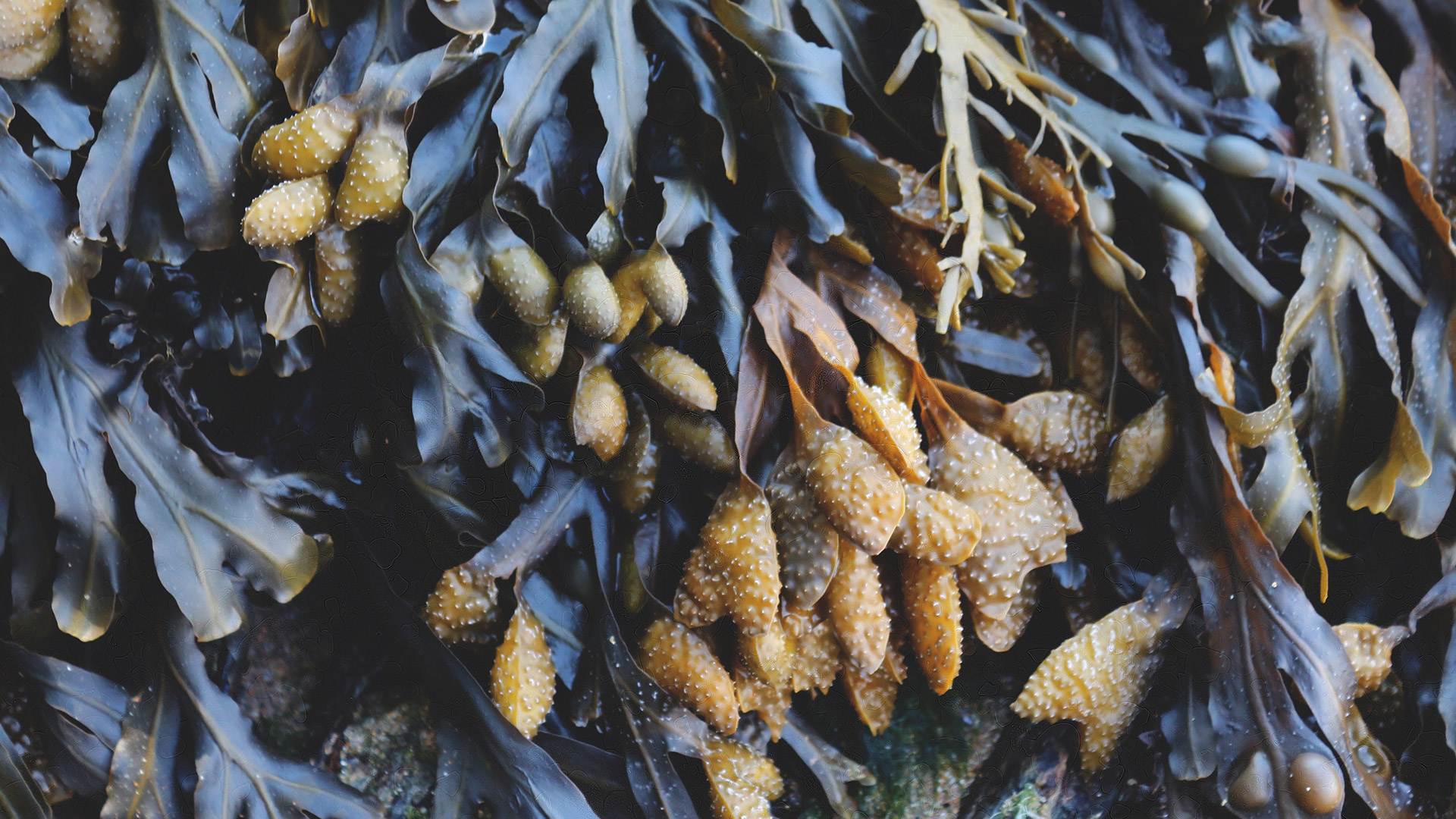



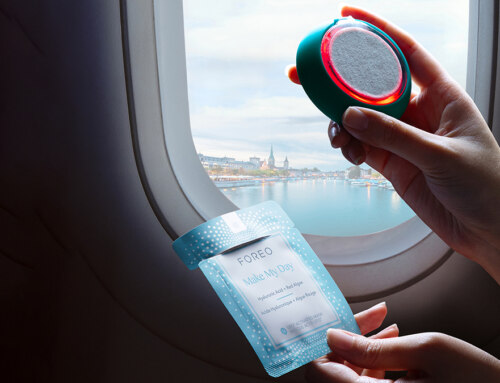
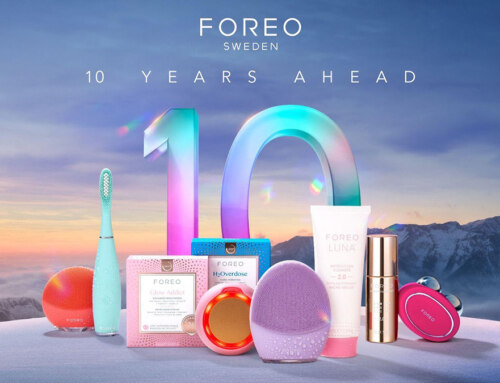
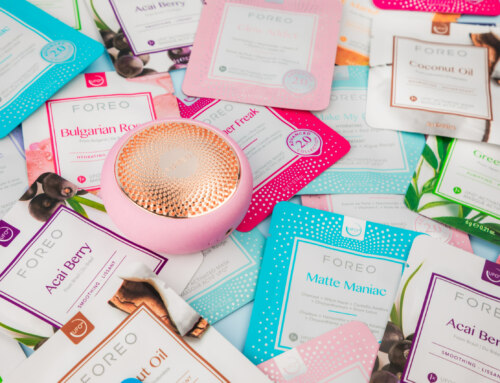





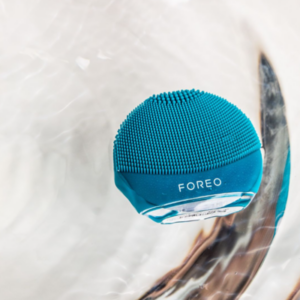

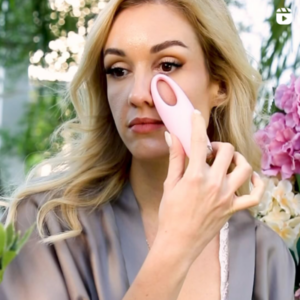
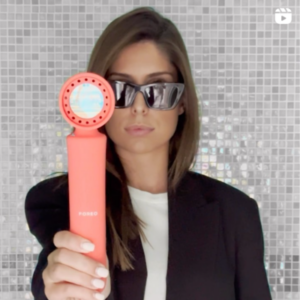



Leave A Comment